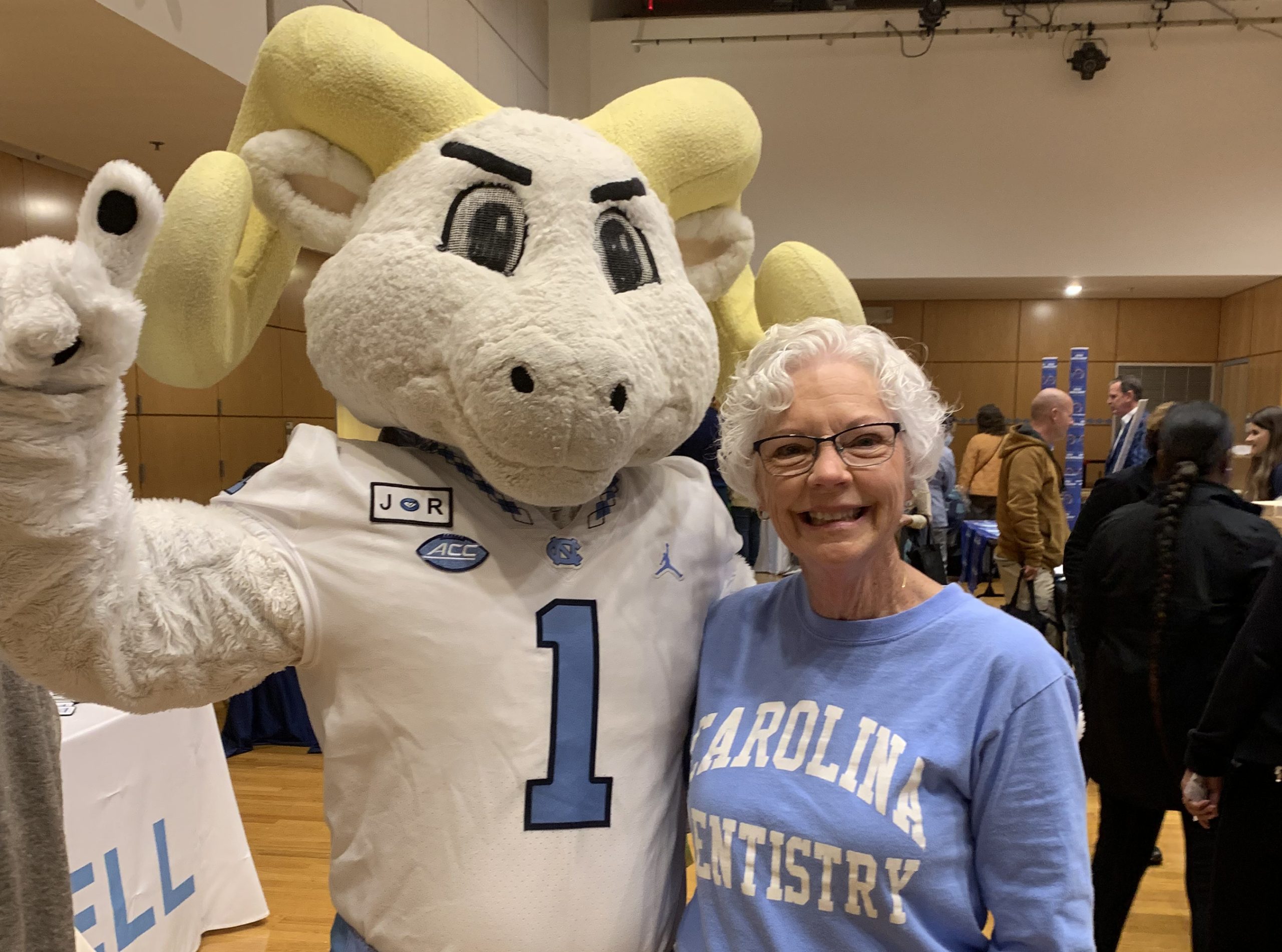Park Reports on the Factors that Produce Pain Relief in Acupuncture
Jongbae (Jay) Park, clinical assistant professor in the Department of Endodontics and assistant professor in the Department of Physical Medicine and Rehabilitation, co-authored the cover article in the current issue of The Journal of Pain along with William Maixner, distinguished professor in the Department of Endodontics and director of the Center for Pain Research and Innovation in the School of Dentistry.
The study, conceived by Park, is the first known to report changes at the molecular level following acupuncture needling in an animal model and to investigate their role in the analgesic, or pain-relieving, effects of acupuncture. Acupuncture is widely recognized as a treatment method for knee osteoarthritis, headache, orofacial and low back pain. Since it isn’t known exactly how acupuncture works, Park and his co-authors investigated their assumption that a process takes place whereby information is transferred from one cell to another. They conducted a two-step experiment in which they performed a genome-wide microarray of the skin layer at the needling site one hour after acupuncture. They looked into associations between the observed molecular changes and the subjective experience of pain (or nociception) and pain in response to light touch/pressure (or mechanical allodynia) in a group of mice treated with acupuncture compared to a control group.
In the first part of the experiment it was found that a total of 236 genes changed in the treated mice compared to controls (those who did not receive acupuncture). Of those, 110 showed upregulation, or an increased response, and 126 displayed downregulation, or a reduced response. Among the upregulated genes, seven were found to have undergone significant change. None of downregulated genes demonstrated any meaningful change. Further, it was found that, in a particular family of proteins, extracellular signal-regulated kinase (ERK) was remarkably increased after acupuncture compared to no treatment. ERK plays an important role in various biological functions such as cell division and reproduction. Within five minutes after acupuncture needling, activation of ERK was visible in the top two skin layers, the epidermis and dermis.
In the second part of the experiment the sensation of pain was found to be weakened when ERK was activated following acupuncture, which suggests that acupuncture needling may produce a different effect compared to other mechanical stimuli or inflammation.
“While further investigation is needed, these results suggest that increased ERK activation following acupuncture, especially in the skin tissue, acts to lessen pain transmission and to induce analgesia. The current findings add to the knowledge base relative to acupuncture’s properties and confirm its value as a therapeutic intervention for pain management,” said Park.
The study appears in the May 2014 issue of The Journal of Pain. Full text of the study is available here. Other authors include Ji-Yeun Park, Songhee Jeon, Ah-Reum Doo, Seung-Nam Kim, Hyangsook Lee, Younbyoung Chae, Hyejung Lee, and Hi-Joon Park. This research was supported by the Basic Science Research Program through the National Research Foundation of Korea and a grant from the Korean Health Technology R&D Project. Dr. Jongbae Park was supported by the National Institute of Dental and Craniofacial Research of the National Institutes of Health under Award Number K12DE022793.


